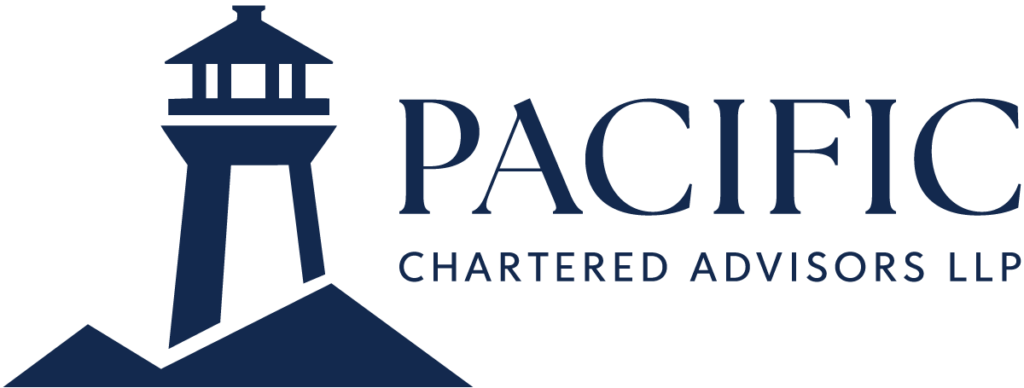Do you have money in your business that is hiding? In our last blog post we looked at what a Cash Burn Rate was in a business. The importance of knowing these numbers can become critical in a business if the original funding is starting to dry-up at a rate faster than the money coming in the door.
If your business needs more cashflow there are a few options you need to consider; increase your incoming cash, decrease your outgoing cash, or both. Here are ideas on how to do those things:
Increase your revenue. More sales translate into more cash coming in. Find ways to improve your business visibility, get more prospects into your sales process, increase your conversion or close rates, or raise your pricing. Break down these steps to see if there is not something that is missing that could bump up your prospect engagement and customer sales.
Dump unprofitable revenue streams. It’s not uncommon for businesses to offer secondary products or services that don’t break even. Why work for free? Choose the most profitable offers and find creative ways to up-sell or bundle services to increase revenue while increasing value to your customers.
Reward Frequent Buyers. Its said 80% business comes from 20% of your customers. Do you know who they are? Create special offers for VIP customers that encourages them to buy through exclusive offers, special savings or select opportunities. Making people feel special with exclusive experiences can easily boost sales.
Reduce your direct costs. For low-margin businesses, which typically indicates a highly competitive market or an ineffectively run business, finding ways to minimize raw materials and other direct costs can make a big difference in cash flow. Look at these numbers regularly and adjust them to meet the goals set each month or quarter.
Minimize or defer other expenses. Take a close look at your budget. Are there expenses that aren’t contributing to your company’s success? Sneaky subscription fees or annual renewals need to be reviewed at this point too. These unseen fees can often be in the hundreds of dollars or more annually.
Encourage cash sales. Cash sales are great: you get the money right away instead of waiting for it. Make sure you are offering credit terms selectively and smartly, rather than just converting what would have been immediate transactions into delayed ones. Remember you are financing customers so make sure this makes sense if you are offering payment options. Or consider taking 25%-50% deposits on projects upfront to boost cash flow.
Consider Payment Plans. In professional service based businesses offering payment plan options to clients can dramatically increase cash flow consistency. Review big ticket service offers and break the payments up for clients over 3, 6 or 9 months to make it easier to pay their bill and put money in your bank account.
Bill sooner and collect faster. When you do offer credit to customers, be sure to bill them promptly, clearly state the credit terms, and follow up with appropriate collection activities if they don’t pay on time. Adding late-payment charges may also help to bring cash in faster. Create a simple accounts receivable system that can be easy to follow each month so you aren’t chasing the money either. Many times collections get put off as people don’t like asking for money so consider pre-written emails or letters that are timely to address delinquent paying clients.
Pay your bills slowly. Unless there’s a discount or other incentive for paying sooner, don’t pay your bills any faster than necessary. Take advantage of the agreed payment terms to hold onto your cash longer. Optionally, upfront savings can be made if paying in full of some vendors, often the case with software and systems, in these terms the savings may be worth it over the long run.
Reduce your payroll expenses. For labor-intensive businesses, deferring new hires, creating flex work or laying off nonessential workers, or limiting benefits can lead to big savings. Make sure any cuts are smart and sustainable, though. Don’t leave your business short on the people power that makes it operational.
Sell off excess inventory. Extra inventory is still valuable, but it’s not as useful as having the equivalent amount of cash. Consider offering sales promotions or discounts to sell off what you don’t need for regular sales. Again, bundling or up-selling items can boost sales and increase the value your customer is receiving from your business.
Hold off on major purchases. If cash is tight, that big capital expenditure may need to wait — unless it’s an investment that will start paying off right away. At times a little creative innovation is needed by adding a new revenue stream like a service offer or joint venture to help fund the purchase. Create a plan to designate all profit towards funding the purchase. It may take a bit of time to save the money. With it harder and harder for smaller business to access bank loans and lines of credit creative funding options may be needed.
Raise additional funds. If you’ve done all you can to affect your incoming and outgoing cash, but your burn rate is still too high — and, crucially, you are confident that your business can be successful — you may need to do more fundraising. Be sure to do this as early in the process as possible, since a business running low on cash may strike potential lenders as too risky.
At Pacific Chartered Advisors, we are pleased to offer our own in-house business solutions expert who can help you with business processes and system strategies.









